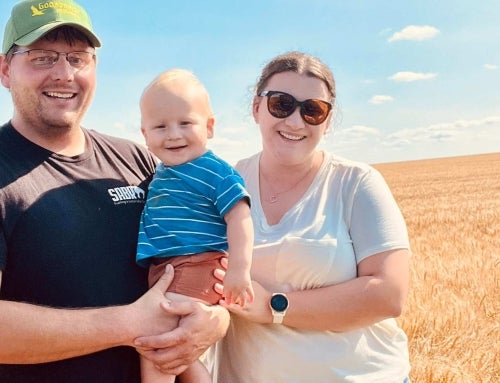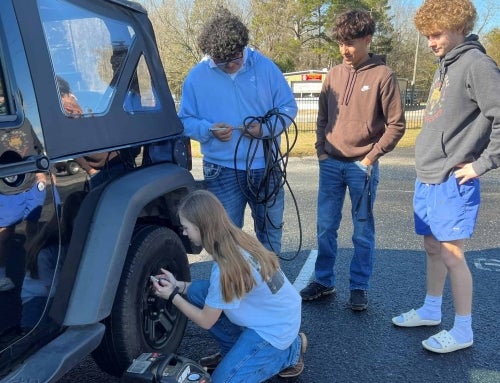You might be tempted to brush off headaches, fatigue and sleep changes as stress about schoolwork, but recognizing the potential symptoms of a mental health issue such as depression could be lifesaving.
“All of us feel sad sometimes…but if it’s interfering with your day-to-day life, if you’re not doing the things you used to enjoy, if [the sadness] is lasting longer than it has before or if it’s getting worse, then it’s time to say, ‘I’m not just sad; this is different,’” says Jessica Gold, MD, assistant professor of psychiatry at Washington University in St. Louis.
More than 2.5 million youth experience sadness, worry, inability to concentrate, feelings of worthlessness and other symptoms of major depression, and 60% receive no treatment.
Access to mental health resources, especially in rural areas, can be challenging, but that’s changing.
In that spirit, here are ways to respond to mental health crises, no matter where you live.
Talk it out. Instead of navigating your feelings solo, talk to a friend, loved one, teacher or spiritual leader about your feelings.
“When you’re reaching out, you’re telling that dark voice in your head that there are answers and there are ways to get better, even if it’s hard to see that in the moment,” says Gold.
Call your doctor. It’s common for family doctors to diagnose and treat mental health issues. In fact, 54% of primary care office visits in rural areas were for mental health reasons.
Your family doctor will talk to you about your symptoms and create a treatment plan that might include counseling or medication.
Seek virtual support. A trained therapist can be an excellent resource for addressing mental health concerns, and you can find one without leaving home. Virtual therapy is more common than ever, according to Gold. You can access therapists through apps or ask your insurance company for a list of therapists that offer virtual appointments.
The best part: The wait times tend to be shorter for app-based appointments, and virtual sessions can usually be scheduled faster than in-person appointments.
“With telehealth, you can usually get in pretty quickly,” says Gold.
Dial 988. The new nationwide 988 Suicide and Crisis Lifeline connects callers with mental health professionals. Unlike 911, which dispatches first responders to emergencies, 988 connects callers experiencing a mental health crisis with someone to talk to and resources for local support. You can call or text the service at no cost.
Learn mental health first aid. Think of it as CPR for mental health emergencies. Mental Health First Aid classes, which are offered in person or virtually, teach you about the warning signs of mental health issues and strategies for how to help so you can be a lifeline to friends and family. The National Alliance on Mental Illness also offers in-person classes and support groups.
It’s important to remember that there are ways to get help (and to help others) that can make a difference.












